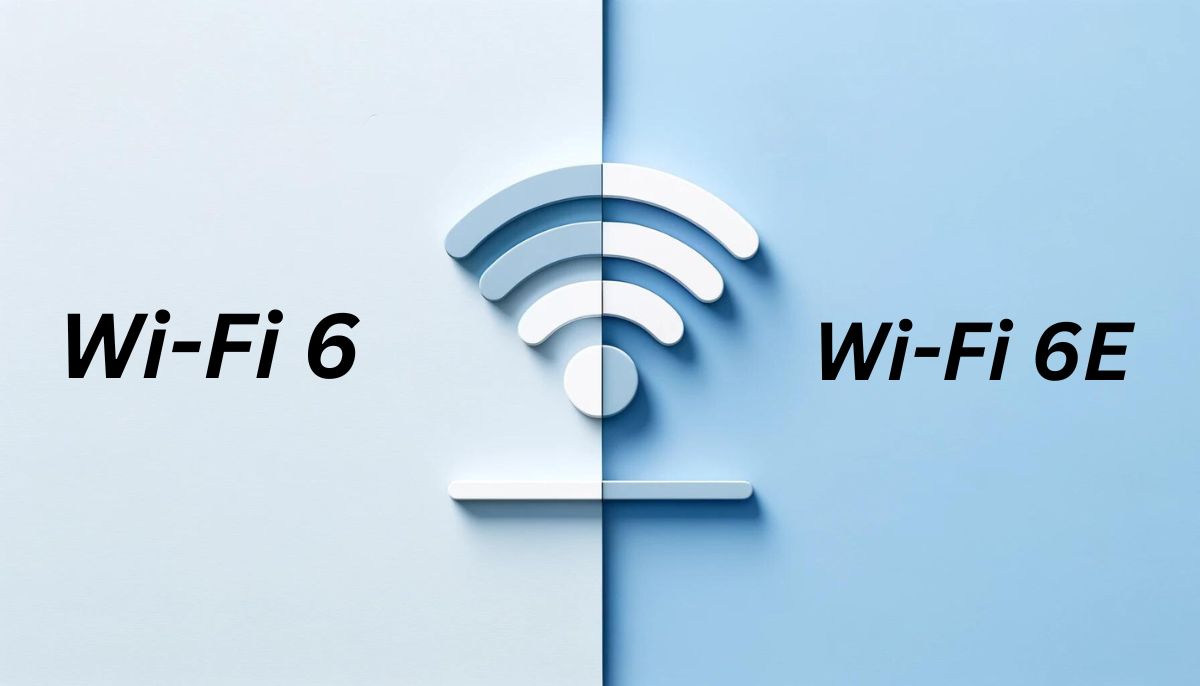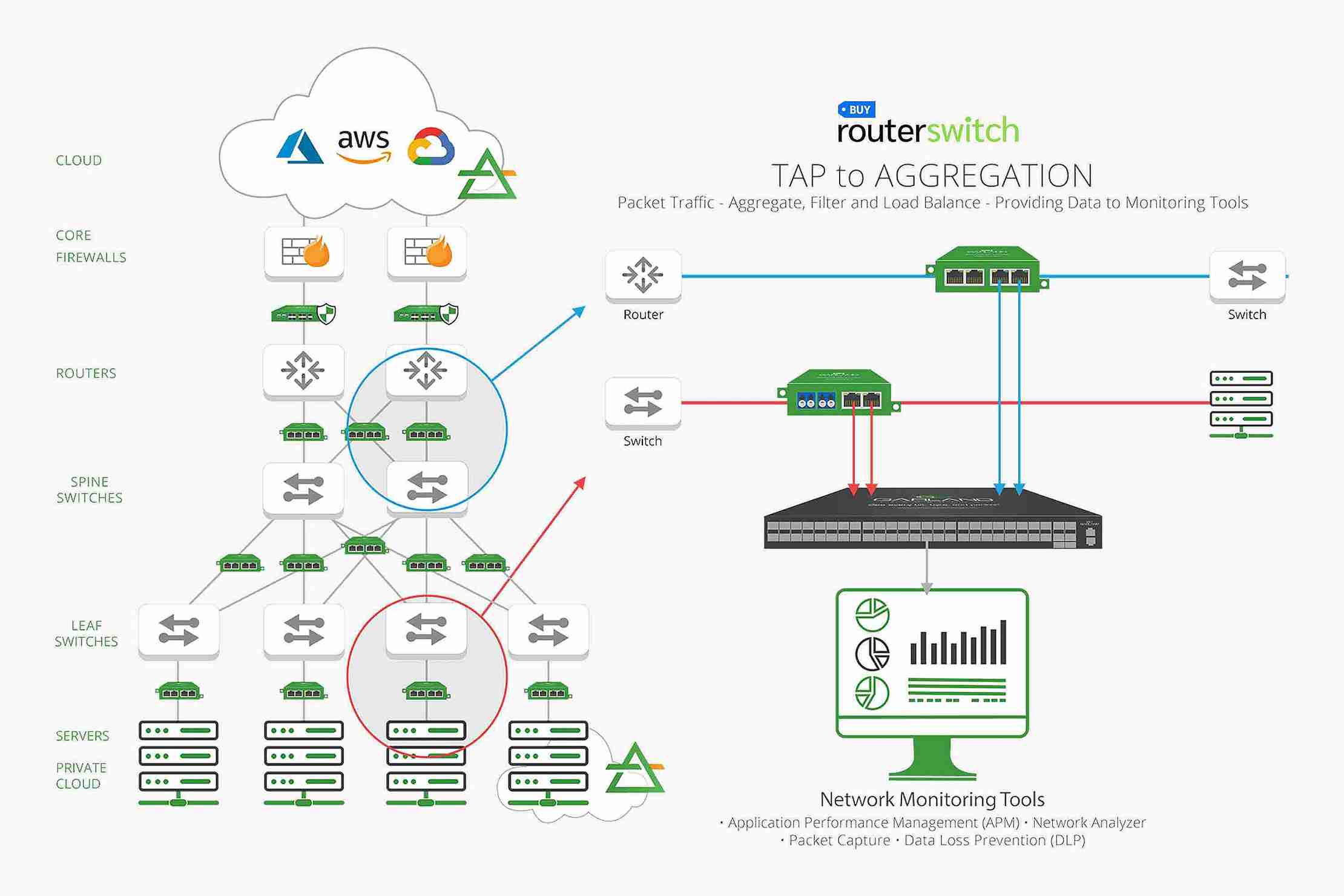WiFi 6 vs WiFi 6E: In-Depth Guide to the Latest Wireless Standards
Table of content
Introduction:
WiFi technology is an ever-growing field of technology that has been in constant progress ever since it emerged. Today, almost every business has wireless network setups to achieve long-distance business goals. Whether we talk about WiFi 6 standard, WiFi 6e, WiFi 7, or WiFi 5 vs 6, there have been multiple significant changes that have befallen WiFi technology in recent years. Where has WiFi technology reached now? Which WiFi standard is in demand today? In this blog, shedding light on WiFi 6 vs 6E, we will clear up the differences between different WiFi standards, especially WiFi 6 vs 6e. In doing so, we will provide you with a chance to use advanced WiFi, which will allow you to achieve a killer WiFi speed. Whether you are streaming your favorite movie or running a business application, our guide enriches your experience like never before.
WiFi 6 vs 6E: An Overview
WiFi 6 is the present wireless standard that functions extraordinarily in metropolitan cities and urban areas and is also known as 802.11ax. Being in action since 2019, it delivers foster data rates covering distant areas allowing more people access to high-speed internet service. Besides, it provides more bandwidth by improving the previous WiFi standards like WiFi 5. It achieves its goals through MU-MIMO, multi-use, multiple input, and multiple output technology.
WiFi 6E is the latest extension of WiFi 6 and employs an extended implementation of 802.11ax. Delivering much faster speed without any chance of signal interference, it operates on a more powerful wireless spectrum, the 6 GHz radio frequency band. Besides, users get even faster speeds because of the range of radio channels. The higher throughput enables E to support more channels from 80 MHz to 160 MHz.
Main Differences WiFi 6 vs 6E:

Putting minor distinctions in the back corner, the key difference between WiFi 6 and 6E lies in their latency rate and speed. WiFi 6E, as an extension of WiFi 6, provides a faster lane for compatible devices and business applications, resulting in faster speed and lower latency rate. Another considerable difference is that WiFi 6 is backward compatible (compatible with previous WiFi standards), while WiFi 6E doesn’t have this capability. However, one of the main ways that the new extension establishes a fast lane is WiFi 6E’s support for only WiFi 6E devices, which are starting to become more generally available to date. The 6-GHz band’s comparatively low levels of interference and congestion contribute to performance optimization.
WiFi 6 vs 6E: A Quick Comparison:
| Wi-Fi | Wi-Fi 6 | Wi-Fi 6E |
| Launch Date | 2019 | 2021 |
| IEEE Standard | 802.11ax | 802.11ax |
|
Bands |
2.4 GHz, 5 GHz |
2.4 GHz, 5 GHz, 6 GHz
(Devices must be 6 GHz enabled) |
| Max Data Rate | 9.6 Gbps | 9.6 Gbps |
| Channel Size | 20, 40, 80, 80+80, 160 MHz | 20, 40, 80, 80+80, 160 MHz |
| Modulation | 1024-QAM OFDMA | 1024-QAM OFDMA |
| MIMO | 8×8 UL/DL MU-MIMO | 8×8 UL/DL MU-MIMO |
| RU | RU | RU |
| MAC | / | / |
|
Security |
WPA3 |
WPA3 |
|
Compatibility |
Devices not compatible with Wi-Fi 6E standard. |
Downward compatible with Wi-Fi 6 and previous Wi-Fi standards. |
|
Features |
|
|
|
Application |
Ideal for dense environments like enterprises, campuses, or public places, providing stable connections for multiple devices. | Suited for bandwidth-intensive and low-latency applications like unified communications, AR/VR, and more. |
WiFi 5 vs WiFi 6 vs WiFi 6E:
In the recent past, choosing between WiFi 5 and WiFi 6 when buying a router or switch was a real mental battle. People were confused about which way the should go and you know what happens? There emerged another WiFi stand called WiFi 6E. This latest standard replaced all previous or existing WiFi standards. As we have already discussed WiFi vs WiFi 6E, let us shed light on WiFi 5 standard to know how it is different from other standards.
| WiFi Protocol | Name | Band | Bandwidth |
|
802.11ac |
Wi-Fi 5 |
2.4GHz, 5GHz |
20MHz, 40MHz, 80MHz |
| 802.11ac | Wi-Fi 6 | 2.4GHz, 5GHz | 20MHz, 40MHz, 80MHz, 160MHz |
|
802.11ax |
Wi-Fi 6E |
2.4GHz, 5GHz, 6GHz |
20MHz, 40MHz, 80MHz, 160MHz |
What is WiFi 5 Standards?

The most considerable difference WiFi 5 vs 6 vs 6E is WiFi 5 uses IEEE 802.11ac protocol and is a member of the fifth generation of Wireless Networking Standards in the IEEE 802.11 set of standards. These standards are celebrated because of their high throughput in Wireless LANs using the 5GHz band frequency. Having its pros and cons, it was considered a remarkable innovation of WiFi 4 back in 2014 when it was launched.
In WiFi 5, data transmission takes place on the less crowded 5GHz band frequency. While some WiFi networks exclusively used the 2.4 GHz band, others made use of the 5GHz band for operation with the 802.11n WiFi standard. Given the large number of devices that use the 2.4 GHz radio frequency, it was scarcely suitable. Worse, the same frequency is also used by other kinds of wireless networks. WiFi 5 uses the 5GHz band, a separate, less crowded frequency channel, in an attempt to address this issue.
Top Benefits of WiFi 6E over 6:
In the present data-driven, mobile, and collaborative businesses, a flexible and reliable wireless network connection is crucial. And that’s where WiFi 6E comes into play, providing foster speed and robust security.
Speed:
Using the 6 GHz band, WiFi 6E devices like smartphones, wireless laptops, wearable devices, and IoT sensors transmit data at a very high speed. Besides, there are no chances of slower signals because of no competing devices.
Security:
Who would allow any security risks to reach their network operations? WiFi 6E is available to achieve this goal. All WiFi 6E devices support WiFi Protected Access 3 (WPA3), with no support for WPA2 security. This requirement was imposed by the WiFi Alliance. By taking these precautions, users may feel more comfortable switching their most reliable connections to the 6-GHz frequency band.
Conclusion:
Wrapping up with the story, every modern business, from small to large enterprises, needs a high-speed and flexible wireless network. That is where WiFi 6 vs 6E becomes more important than ever. So, in this research-driven blog, we have gathered in-depth information about different WiFi standards, including WiFi 6, 6E, and WiFi 5. Now, you don’t have to look anywhere else if you have queries regarding the topic. Keep visiting us for further updates in the field of networking.
Frequently Asked Questions:
What is the difference between WiFi 6 and 6E and WiFi 5?
WiFi 6 offers considerable improvements as compared to WiFi 5 regarding speed, capabilities, and efficiency. WiFi 6E brings even faster speed with low latency and more reliable connections by leveraging the 6 GHz band as compared to WiFi 6.
WiFi 6 vs 6E, which is better?
WiFi 6E would be a better option from WiFi 6 vs 6E, and that is because it already has all the features of WiFi 6. Despite the fact that both these stands have some capabilities in common, WiFi 6 has a total speed of 1.146 Gbps while WiFi 6E’s delivery rate is 1.788 Gbps, which is a considerable hike in speed percentage.
Is WiFi 6E faster than 5G?
A simple answer is Yes. However, both WiFi 6 and 5 both offer Gigabit speed that is a good speed for most businesses. WiFi 6 can achieve 9.6 Gbps while 5G can do up to 20 Gbps in various controlled scenarios while may not provide equal capabilities.
How do I know if my WiFi is 6 or 6E?
You can check if your WiFi is 6 or 6E simply. First, open the app, and type netsh wlan show drivers and press Enter. There appear the technical standard WiFi names next to Radio types supported. You will recognize WiFi 6E by the standard 802.11ax.




 Catalog
Catalog





















































































































 (800) 870-9487
(800) 870-9487